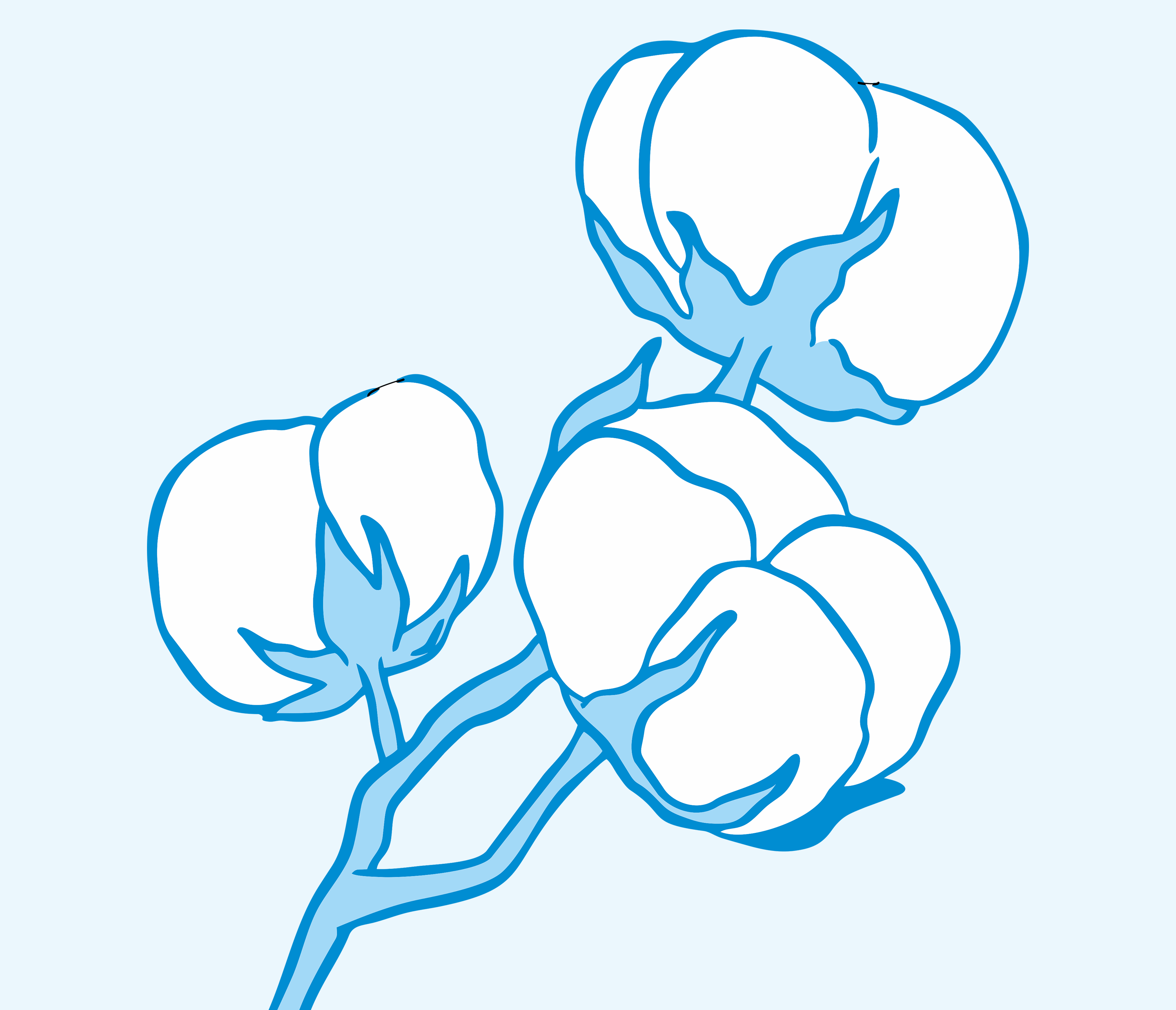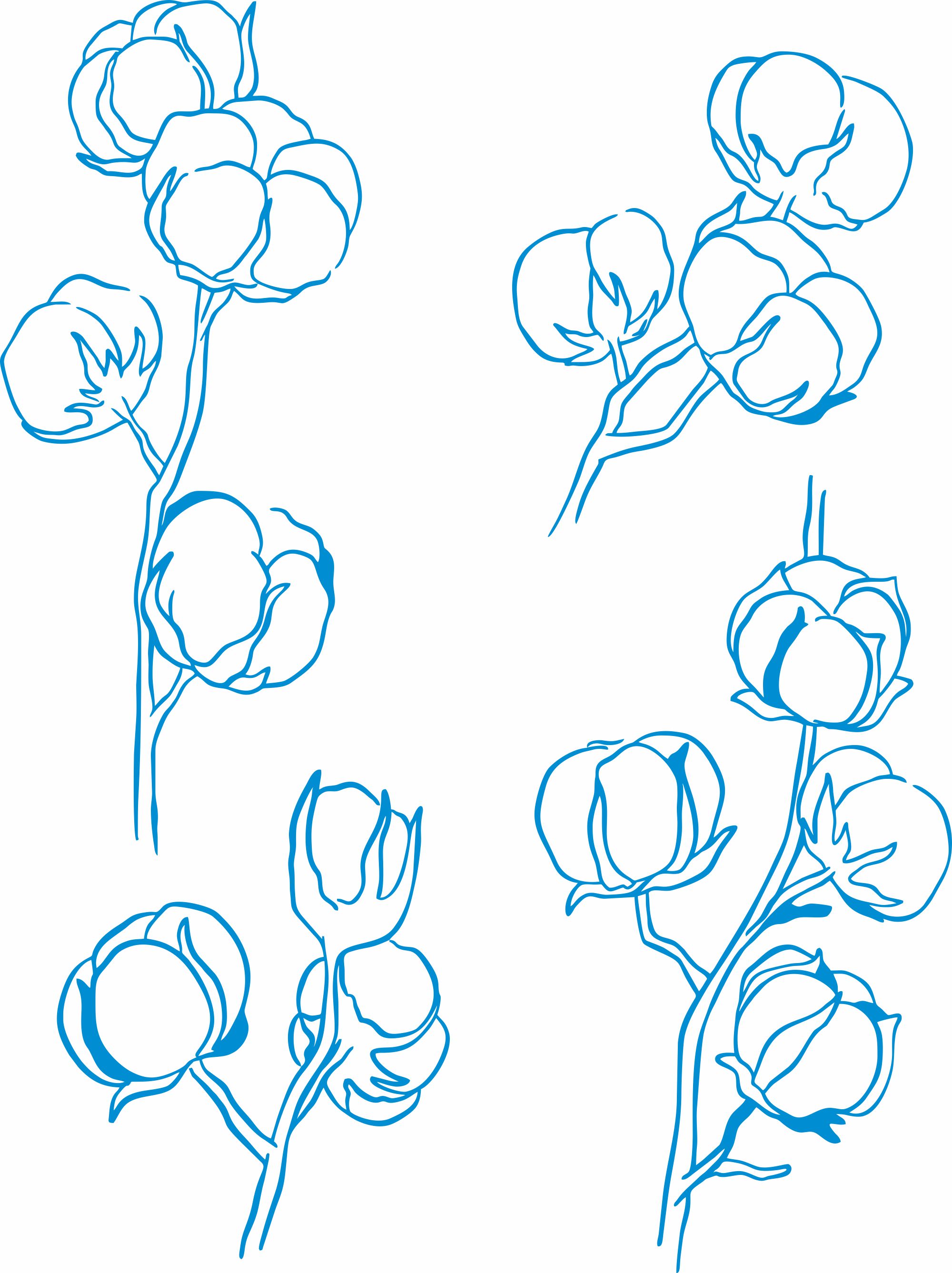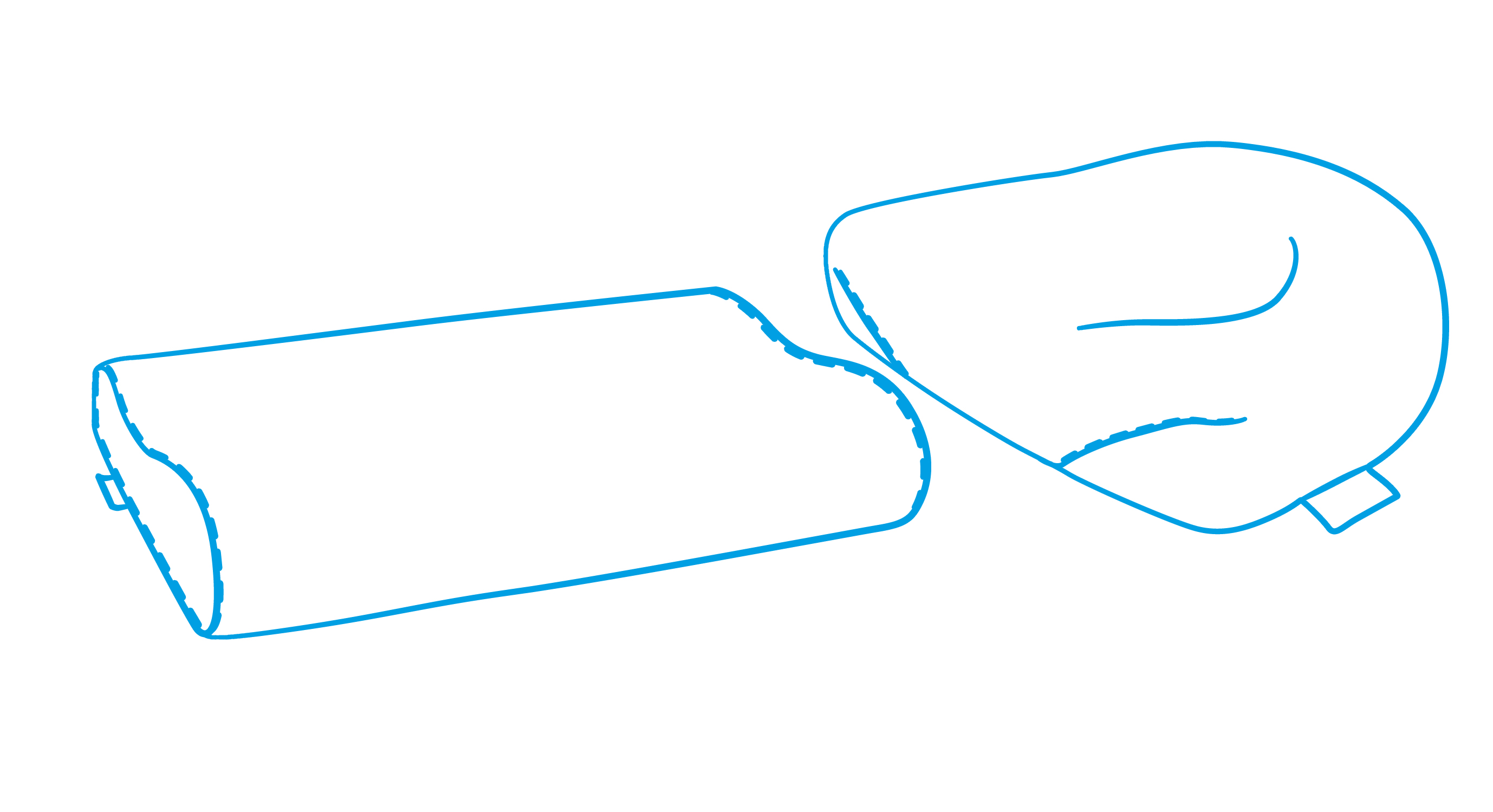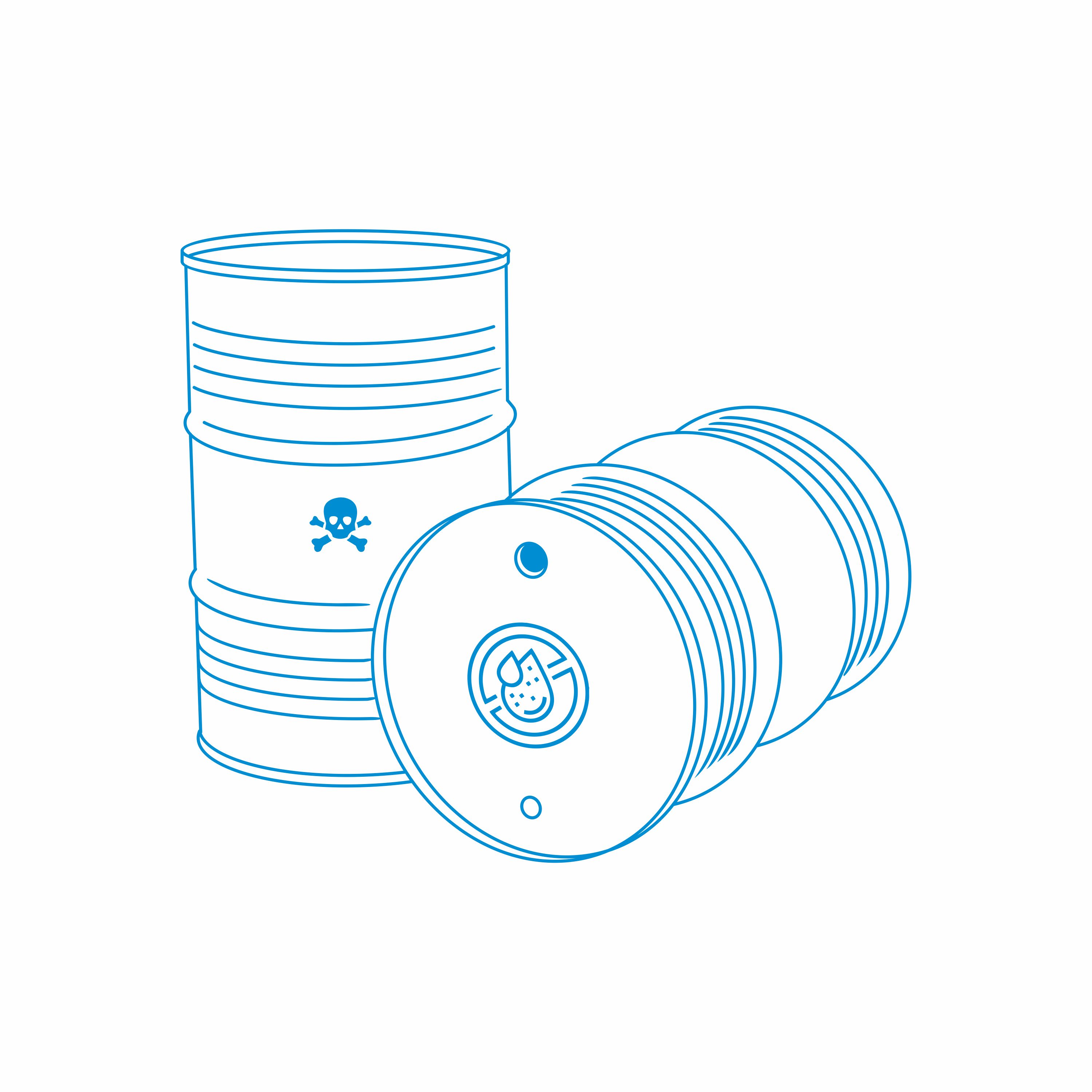Cotton, once one of the most popular textile materials, is now being replaced by other fibers. With the advancement of technology, newer and more advanced materials are emerging in the market, pushing cotton out of the spotlight. Nowadays, manufacturers who prioritize functionality and comfort in their products are moving away from cotton. Although cotton is still popular and inexpensive, concerns about responsibility, ethics, and consumer needs have led to its exclusion from ONSEN® products.
In addition, cotton is a natural material, which makes it more susceptible to damage, stretching, and wear compared to synthetic fibers. Synthetic fibers such as polyester, nylon, or elastane are much more durable and resistant to wear, making clothes or bedding made from these materials more durable compared to cotton.
Furthermore, cotton remains prone to shrinking and changing shape after washing, which can lead to deformation of clothes or bedding. On the other hand, properly made synthetic materials are often resistant to shrinking and can maintain their original shape for longer. Moreover, modern synthetic materials often offer better properties such as improved breathability, faster drying, and better resistance to stains or color fading. Synthetic fibers can also be more elastic, providing better body fit and greater freedom of movement.
Although cotton was once one of the most popular textile materials, it is now being replaced by modern synthetic materials due to their superior durability, resistance to damage, and better properties such as breathability and elasticity. Technological advancements have led to the emergence of newer and more advanced materials in the market, replacing traditional cotton in many applications.
Such materials are used in the production of mattress covers at ONSEN®. They are made from multidirectional elastic fabric composed of 99% modern polyester and 1% elastane. Combined with a high grammage of 550 g/m2, they surpass other similar products on the market in terms of quality. Additionally, the material used in ONSEN® allows for free air circulation, is resistant to external factors, and remains fully hypoallergenic.
Similarly, all pillowcases produced at ONSEN® are made from multidirectional elastic fabric with the same composition and grammage of 450 g/m2. The properties of this material ensure proper ventilation, resistance to damage, and are hypoallergenic.
When thinking about your health and taking care of it, it's worth exploring the offer from ONSEN®, which offers the most functional
Osaka Air mattress on the market, as well as ergonomic pillows made with the utmost care. The modern design thinking process we use aims to solve problems and meet the needs of the most demanding consumers.
In addition, all ONSEN® products are covered by up to 15 years of warranty and a 100-day return program. This allows everyone to test them in the comfort of their own bedroom, gaining confidence in the quality and performance of our products.
We also encourage you to explore other articles on the best sleep and health blog, as well as the Encyclopedia of Healthy Sleep prepared by the ONSEN® team of specialists. For those who care about spine health, we recommend a set of spine exercises prepared by our physiotherapist.







